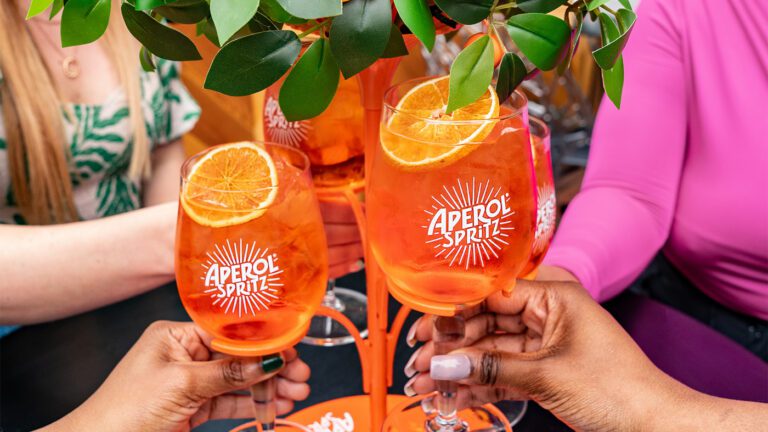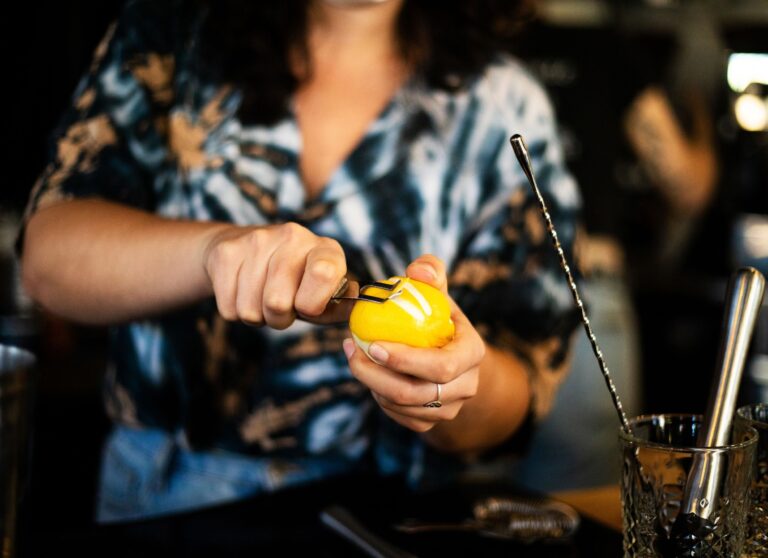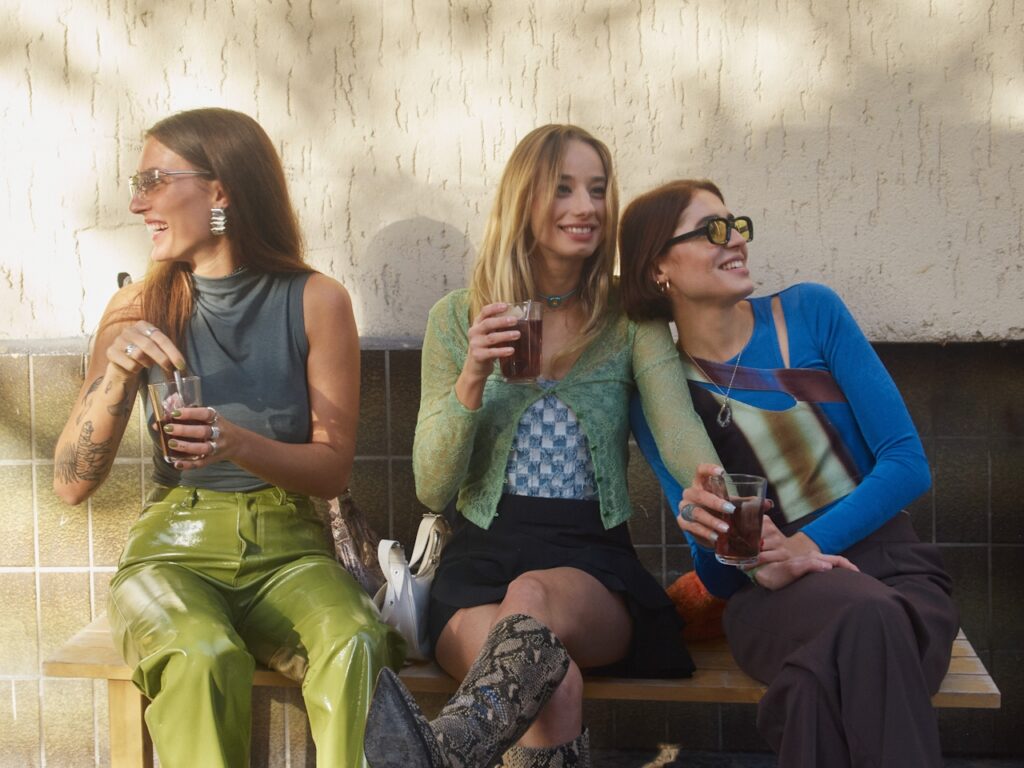
Insight: Why Is The UK Drinks Industry Missing The Mark With The No/Low Opportunity?
We are witnessing a significant cultural shift in the UK, driven by the trend towards moderation rather than complete teetotalism.
According to the recent Low & No 2024: Drinking Differently report from consultancy KAM Insights, only 4.7 million Brits now drink above the weekly recommended limit of 14 units, compared to 8.3 million in 2021.
Additionally, three-quarters of the UK adult population claim they are moderating their drinking, supporting the idea of a major societal change.
The most striking finding? One in three visits to the on-trade is now alcohol-free.
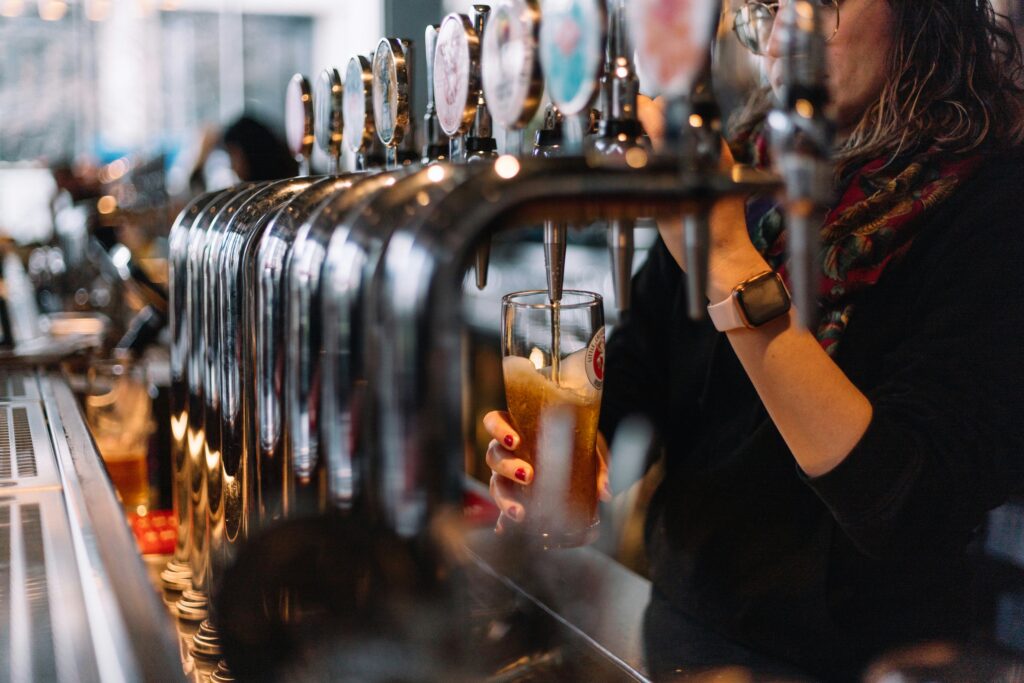
The market for no and low-alcohol options is vast, yet brands seem to be missing this opportunity. The report estimates that £800 million is lost to consumers choosing tap water over available alternatives.
Why is this happening?
We consulted our network for insights.

Spirits Have a Huge Amount of Ground to Catch Up On
While quality in the no and low-alcohol category is improving, there’s still work to be done. Low and no-alcohol beer has made significant strides, offering genuine taste alternatives to their alcoholic counterparts. However, spirits and wine are still grappling with quality issues. Many consumers express strong interest in upgrading from soft drinks to no/low options, but feel there is a gap between price point and taste.
More Needs to Be Done to Train Bartenders
Managers and bartenders alike have noted a lack of investment in trade advocacy for no/low brands, which is critical for the category’s long-term success. Bartenders need to understand low/no brands as well as they do alcoholic ones—how to use them, recommend them, and describe their flavour profiles.
There is also a widespread feeling that many bartenders do not fully understand the cultural shift, so they are not investing time to improve their knowledge of the category. Brands need to invest in impactful advocacy programmes that go beyond their brand to support the wider category.
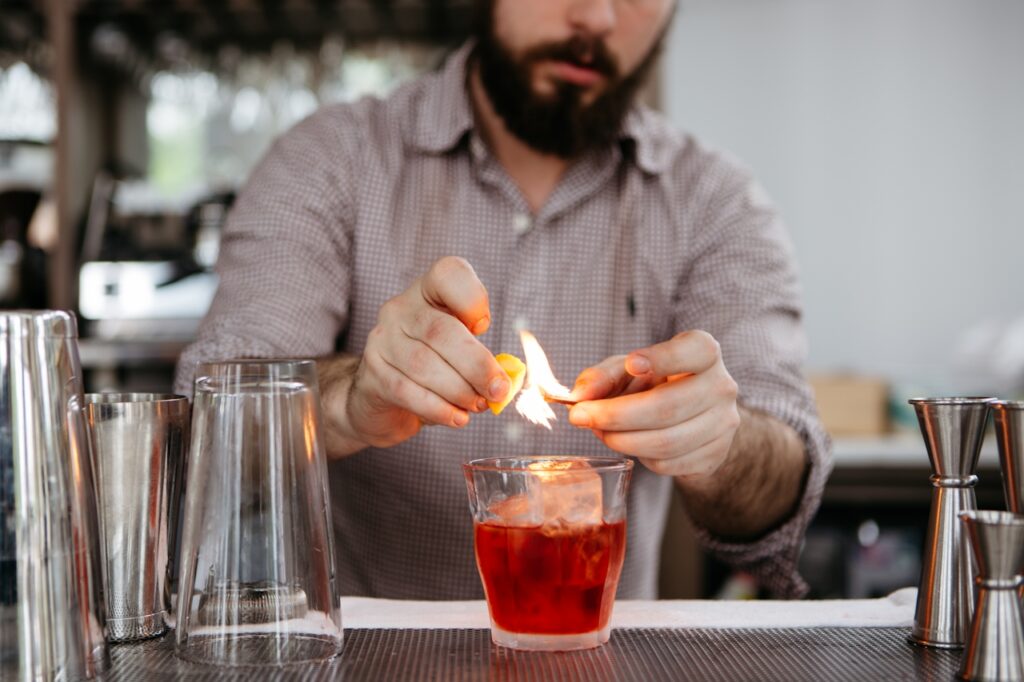
Incentivising the Second and Third Round Is Key
Many consumers are willing to try low/no products on the first round but often revert to soft drinks for the rest of their visit. One GM at a national chain mentioned that many consumers struggle to justify the cost versus the experience, while others claimed that an initial poor taste experience tends to put consumers off the category for the remainder of their visit.
Incentivising consumers to try no/low products across categories in venues is crucial. Much like gin enthusiasts have their favourites, it will take time for non-alcoholic visitors to find their go-to brand. However, the quality issue persists, with big conglomerate brands dominating the back bar and leading the consumer trial phase. The result is a sentiment that once you’ve tried one no/low spirit, you’ve tried them all.
With greater category/brand understanding for bartenders, they can upsell and recommend alternatives based on customer’s likes and dislikes to better guide them.
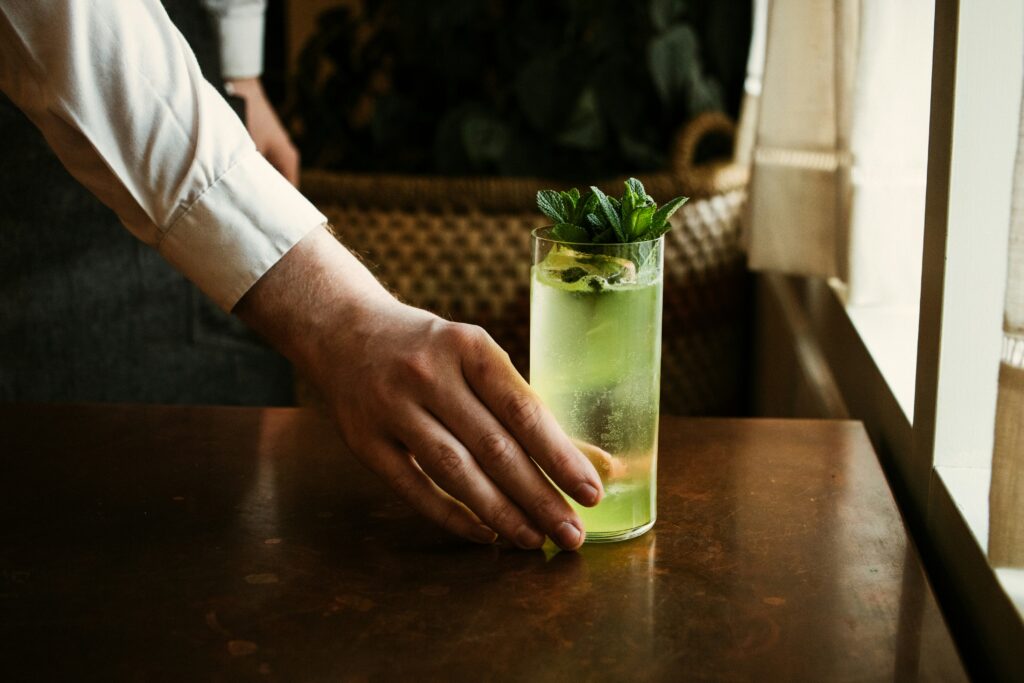
Menu and Back Bar Placement Is a Distant Second to Alcoholic Options
When entering a bar, decisions must be made quickly. While many consumers want to experiment with no/low options, the menu and back bar space allocated to these products are limited, making it difficult to find the right drink. Venues need to view menu placement and back bar visibility for no/low products as sales opportunities rather than wasted space that could be used for alcoholic brands.
It’s clear that one of the major issues to address is bartender education. From this foundation, influence on menus and consumers will grow, increasing the category’s maturity. Quality is certainly an issue, but there are superb independent no/low brands like Botivo, Three Spirit, and Everleaf leading the way. With effective advocacy programmes, greater biodiversity will flourish on back bars and menus, giving high-quality independents more opportunities with consumers.
This is an important element, as, without the choice available of some of the leading low & no brands in mainstream venues, it will slow the category as a whole in realising its potential.
There is much to be done, but the potential upside is enormous.
Related Articles
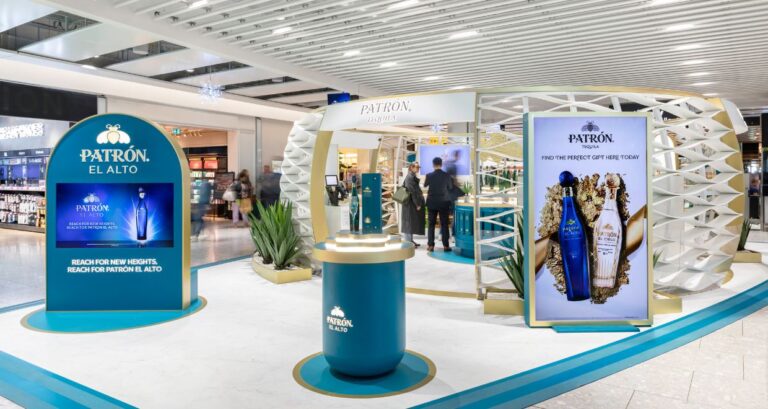
EXPERIENCIA PATRÓN – A Masterclass In Retail Activation
There is a huge amount to admire about the way…
